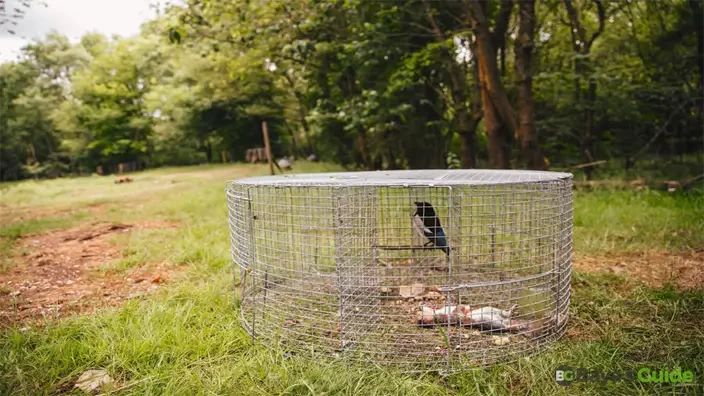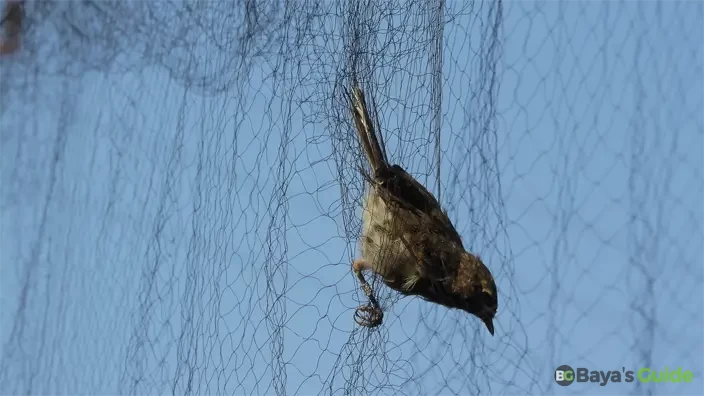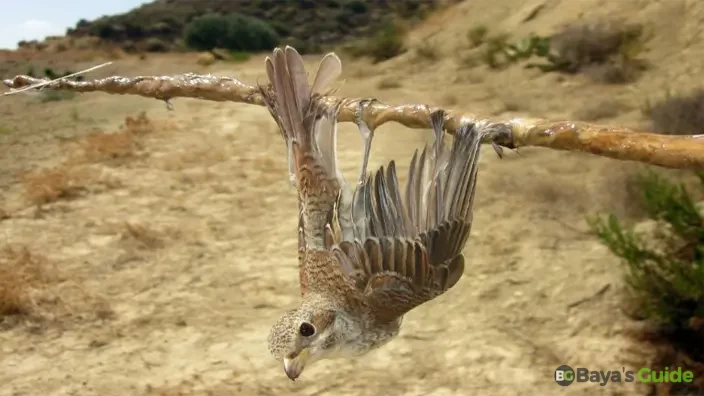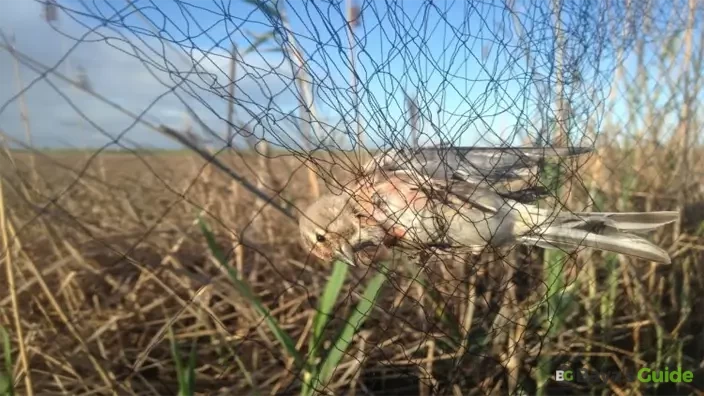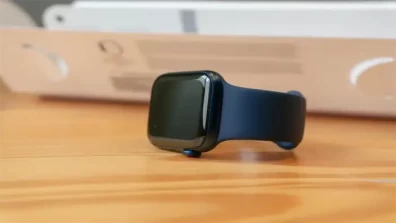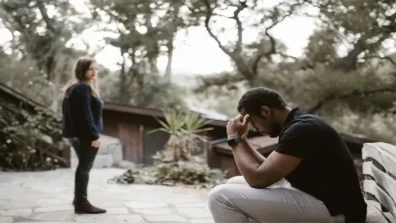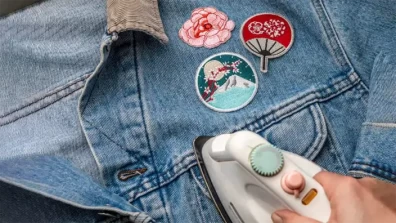Catching a bird ethically and legally is important. If you're interested in observing or interacting with birds, consider birdwatching instead. Embarking on the endeavor of catching a bird requires a delicate balance of patience, knowledge, and respect for wildlife. Whether for scientific research, conservation efforts, or humane relocation, understanding the nuances of bird behavior and employing ethical practices are essential.
In this article, you will explore the steps involved in catching a bird responsibly, ensuring the safety of both the captor and the feathered subject. From legal considerations to appropriate equipment and techniques, join us on a journey that emphasizes the importance of coexisting harmoniously with our avian companions in the wild.
Table of Contents
- Ethical Methods For Catching Birds Safely
- A Guide To Swiftly Recoup & House Your Bird
- Techniques For Catching Birds
- Bringing Back An Escaped Bird
- 1- Stay Calm & Observe
- 2- Gather Supplies
- 3- Keep Your Bird In Sight
- 4- Quickly Approach The Last Seen Spot
- 5- Inform Local Residents
- 6- Seek Assistance From Another Pet Bird
- 7- Use Food As A Lure
- 8- Use A Familiar Call
- 9- Avoid Sudden Movements
- 10- Create A Safe Zone
- 11- Position The Cage Strategically
- 12- Call Wildlife Services
- Effective Ways To Handle Troublesome Birds
- Limit Your Bird's Flight Range
- Precautions For Bird Enthusiasts
- Frequently Asked Questions
- Conclusion
Ethical Methods For Catching Birds Safely
1- Identify The Species
Different birds have different behaviors. You need to understand the specific bird's habits and preferences.
2- Use Appropriate Equipment
Depending on the bird's size, you should consider using a lightweight and humane trap. Nets or cages with a release mechanism are common tools.
3- Materials Needed
Birds often get off with you inside the house. Sometimes they get thrush in the glass windows or the hideouts of the furniture and birds are not physically strong enough to handle the collision and get out of them.
It is essential to confine the birds to an area without obstacles or hiding spots. Additionally, it is important to be aware of the legal consequences of harming birds. To keep birds at home, you will need the following equipment:
- Gloves
- Hand Wash
- Net
- Glass Window Cover
- A Thin Towel
- Cardboard Box
- Bird Rehabilitator Number
4- Choose The Right Time
Birds are often more active during the early morning. Choose a time when the bird is likely to be feeding or exploring.
5- Be Patient
Birds are naturally wary. Approach slowly and quietly, minimizing sudden movements.
6- Provide Shelter
Once caught, place the bird in a well-ventilated and secure container. Ensure, it has access to water and is protected from extreme temperatures.
7- Seek Professional Help
If capturing the bird is beyond your expertise or if it's injured, contact local wildlife authorities, rehabilitators, or animal control for assistance.
A Guide To Swiftly Recoup & House Your Bird
It is not easy to search and capture the small and tiny birds, they may hide below or beside any item in your home. They go beyond your vision any time as they are flying here and there. You need to put some extensive effort into searching and getting them closer to you. The first and foremost thing is to verify that they won’t be caught in any danger like bathroom, stoves, sofa edges, doorways, window glasses or water glasses may prove dangerous hideouts at home.
- Furthermore, the birds are hard to find if they get caught in mantles, curtain rods, ceiling fans, underneath furniture items, bookcases, house fittings, photo frames, lamps, and plants. They may also get out of your sight and thrush in lockup drawers and laundry baskets.
- Birds are very friendly creatures that comprehend human body language so they may get perturbed if you begin screaming and yelling at them. You need to control your frantic movement and stay soft; speak and walk softly while you’re on search.
Transforming Your Aviary Into A Bird Paradise
Usually, birds get back to their cages which should be made inviting-type with some food items like grains so that it will look interesting. Remember, you should stay away from the cage so as not to give them a gesture of danger. Some people who love to have domesticated birds adore the birds’ aviaries with colorful swings or toys to make the cages inviting so that your bird should feel a special protocol when it enters its home.
Be mindful, never put him in the cage as it does not feel like a punishment. Get him out when it loves to flatter and wander outside, in order to avoid them having negative associations with their aviaries.
Avoid Making The Cage Attractive From Outside
Encourage your bird to return by scattering seeds or grains outside the cage. While providing freedom, avoid extended outdoor stays and promote a healthy routine. Ornithologists often train birds to return at dusk, ensuring fitness and a smooth bedtime routine. This practice benefits both the bird's well-being and the owner's convenience in enclosure. Consistent training helps establish a sleeping schedule and fosters a mutual understanding.
Techniques For Catching Birds
1- Remain Calm
The first thing you need to ensure you are calm and composed before attempting to capture the bird. It may get frightened further with some sudden movements or loud.
2- Close Doors & Windows
Now you should close doors and windows to limit the bird's access to other rooms. Then, create a contained space to make the capture process more manageable.
3- Dim The Lights
Birds are often less stressed and stop their movements in a dimly lit environment. If possible, reduce the brightness in the room to create a more calming atmosphere.
4- Use A Towel OR Blanket
You need to approach the bird slowly with a soft towel or blanket in your hands. Through this, you can cover the bird gently, limiting its ability to fly.
5- Move Slowly
Remember, it is important to make slow and deliberate movements to avoid startling the bird. Sudden actions may cause the bird to panic and become more difficult to capture.
If the bird is on a flat surface, use objects like cardboard or books to create a barrier, gently guiding it towards a corner or enclosed place.
7- Offer Food
As the bird is familiar to you, try offering its favorite treat. This may encourage it to come closer, making the capture easier.
8- Stay Low
This is an acknowledged theory that birds may feel less threatened if they crouch or sit rather than stand. This can help you get closer without causing additional stress. Remember, the key to successfully capturing an escaped bird is patience and a calm approach. Rushing or using force can stress the bird and make the situation more difficult. Always prioritize the well-being of the bird throughout the process.
9- Use A Perch OR Stick
When dealing with larger birds, it is recommended to use a handheld perch or stick to guide them onto your arm or back into their cage. It is important to be patient and gentle in your approach.
10- Seek Professional Help
If capturing the bird proves challenging as it is a wild bird, consider contacting local animal control, wildlife rehabilitators, or avian experts for assistance.
You Might Be Interested: How To Remove Tire From Rim
Bringing Back An Escaped Bird
Tame or pet bird understands your body language, voice, and gestures. So, you can call it instantly as soon as it leaves your window to fly away. Call it with a loud but calm sound. It sees the wild look outside and soars a flight, but your voice will get it back immediately to you as it recognizes you. When it sees the cage, it goes to it rashly as this is the only familiar and safe place in the unfamiliar world.
Moreover, It can be a distressing experience when your pet bird escapes into a wild area. However, with a strategic and calm approach, there's a good chance of bringing your feathered friend back safely. Here's a step-by-step guide on how to catch your bird if it ends up in a wild area:
1- Stay Calm & Observe
Upon realizing your bird has escaped, take a deep breath. Observe its behavior and note any landmarks or distinctive features in the area.
2- Gather Supplies
Equip yourself with a portable cage or carrier, bird food, and familiar items like your favorite toys or treats. Having these can make the bird more willing to approach.
3- Keep Your Bird In Sight
Most probably, your bird will not allow you to search for it while flying far away as it loves the place it has stayed longer in the cage. But if it happens, Keep viewing it when it is flying. Soon it gets tired and will land within the reach of your vision, so you can hold and get it back easily.
4- Quickly Approach The Last Seen Spot
It‘s great to take your family members and friends with you while going to search for your domestic bird. The gathering of fellows can find the bird easily as they will be viewing from every side. All you should scatter around the point where you have seen it landing for the last time.
5- Inform Local Residents
If your bird is in a residential area, inform neighbors about the situation. They may be able to assist or keep an eye out for your bird. Plus, enlist the help of friends, family, or local bird enthusiasts. Having additional eyes and hands can greatly improve the likelihood of a successful retrieval.
6- Seek Assistance From Another Pet Bird
That's exceptional If you bring another pet bird to help you reach the escaped bird. The reason is that the pet birds are very familiar to their bird fellow with whom they have been living. They also recognize their sound. Their sound will assist you to get your bird which is free.
7- Use Food As A Lure
Birds are often enticed by food. Place its favorite treats or food in strategic locations to attract it. Patience is crucial during this step.
8- Use A Familiar Call
If your bird responds to a specific call or sound, use it periodically. This might encourage the bird to move towards the familiar noise.
9- Avoid Sudden Movements
Approach the bird slowly and avoid sudden movements. Quick actions may startle the bird, causing it to fly further away.
10- Create A Safe Zone
If the bird is perched, try to create a safe zone around it using objects such as branches or cardboard. This can help limit its flight options.
11- Position The Cage Strategically
Place the cage in a location where the bird can see it. If possible, position it in the bird's line of sight, making it more likely to enter willingly.
12- Call Wildlife Services
If your bird has flown to a high or inaccessible area, consider contacting local animal control or bird rescue organizations for professional assistance.
Note: Maintaining patience and a systematic approach is crucial when retrieving a bird from the wild. Adapt your strategy based on the bird's behavior and surroundings. Stay calm, seek help when needed, and enhance the chances of safely reuniting with your feathered companion.
Effective Ways To Handle Troublesome Birds
There are some types of nuisance birds, so you need to limit the regulations strictly. If your bird is annoying, damaging your property, pricking you in anger, getting angry, or causing a health hazard and blocking the gutter holes. In this regard, you can make beneficial suggestions about how to deal with them. Especially, you must learn how to tame the migratory birds.
2- Install Bird-Scaring Devices
Besides all this, there are certain devices that you can allowably use to force to go away. These devices can emit sounds to scare your bird from opening or approaching you. As an illustration, there is Prowler Owl- products are available online that make your bird realize there are some predators around it. This Ultrasonic emitter is an effective device to get your bird the heebie-jeebies feel with their louder sound.
It is really in your great favor to construct stumbling blocks at a 45-degree angle away from the nest. Your bird will sit and enjoy it there but not fly across from them.
Limit Your Bird's Flight Range
1- Train Your Bird
To keep your bird confined to the limit, you need to tame it. As an illustration, you can command it to come and sit on your index finger by uttering “up” and award it with some eatables in return as it steps up. Remember, never put it in the cage while it is on your finger, then it will assume that stepping up means getting back to the cage. Don’t leave it in the enclosure for a prolonged period otherwise, it gets averse to trusting you.
- If your bird flies away as soon as you get closer to it, you should provide it with hand feeding.
- Pat your domestic bird with a gentle finger and beguile it with some lovely treat.
- Treat it with grains every time it steps up on your finger. Moreover, you can make the stepping-up practice with a stick.
- Reward it even when it refuses to listen to you.
- It's great to have a ladder closer to the cage as birds naturally enjoy sitting, walking, and swinging up the ladders. In this way, you can get your pet back into the cage. You can set a schedule by performing this trick whenever you allow it to go to the aviary.
2- Hold Your Bird Securely
Be very cautious when your bird is sitting up your index finger, you need to hold it as it cannot fly off. For that, you can keep your thumb lightly in the cross of your forefinger or hold it tightly to its feet. Plus, you can cover it with the other hand gently patting it on its back. This will prevent it from scattering and opening its wings to fly off.
Training your pets is a lovely task but it requires time and patience. Make sure to continue practicing this procedure daily before putting it in the cage.
3- Trim Your Bird's Wings
The last option to keep your bird in your limited circle is to have its wings trimmed by a veterinarian. But this option can be availed when you vanquish every effort to take it in your control. Trim the wings so that your bird can still fly short distances, but not far enough to go out of your reach. On the other hand, this chance iscounterproductive because it can not take jumps which makes it tired. So, it doesn't feel like resting in a cage.
Precautions For Bird Enthusiasts
Being a great lover of birds, many people fret about prey animals such as falcons, owls, eagles, and hawks as they can harm them. However, it is rare to get injured by a domestic pet. It is a fact they are created with powerful claws to grip and for the act of killing their prey. So never make them step up your hand without wearing thick gloves or wrapping a towel around your hand.
Over and above, you must put on eye protection glasses to handle the long-necked and longspear-like beak of the loon and other birds like it. So please don’t attempt to hold and pamper a bird until you take full body protection understanding its species and risks.
Frequently Asked Questions
Why You Should Get Birds Out Of Your Home?
It is beyond discussion what tools and tactics you successfully apply to lure your domestic fowl to take it out of your house, you should give it a schedule to be free for some time. Going back to the wild makes it happy, healthy, and genial towards you. Staying in nature for some time is essential for the survival of the birds. Furthermore, you do not have the authority to keep the bird confined in a cage without a license.
How Can I Catch A Parrot?
It is simply effortless to search and grip your domestic bird. When you call it, it will respond to your voice as it identifies it. To capture it, simply throw a net over it, place an upside-down laundry basket on top of it, or carefully approach and cover it with a towel.
What's The Proper Way To Capture A Baby Bird?
It is often believed that if you touch a baby bird with your bare hands, its parents will attack you after identifying your scent. However, this is just a myth. Birds do not have a strong sense of smell. It is still a good idea to wrap your hands in a handkerchief or soft towel before handling the bird, as a precaution to protect the bird from any potential harm or infection from your skin.
Conclusion
It is crucial to remember that patience and a methodical approach are essential when trying to retrieve a bird from a wild area. Each situation is unique, so it is important to adjust your strategy based on the bird's behavior and the surrounding environment. Staying calm and seeking help when needed will improve the likelihood of safely reuniting with your feathered friend.

